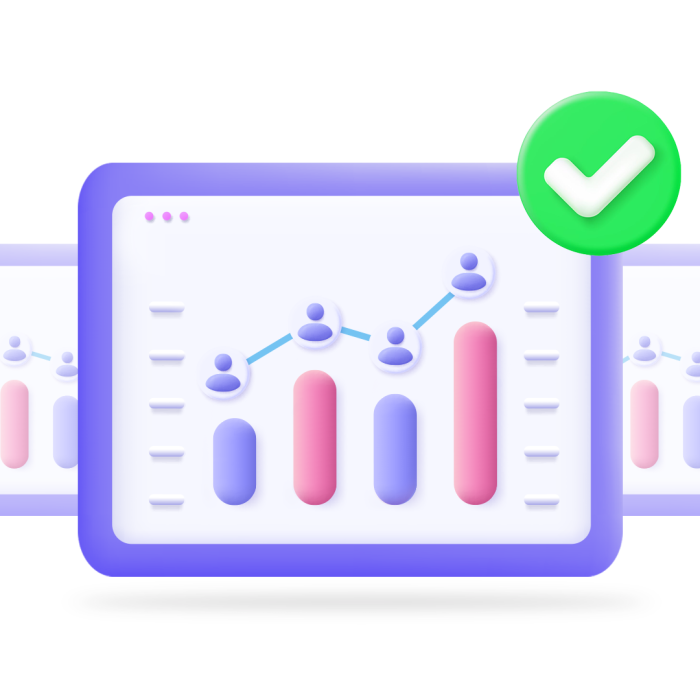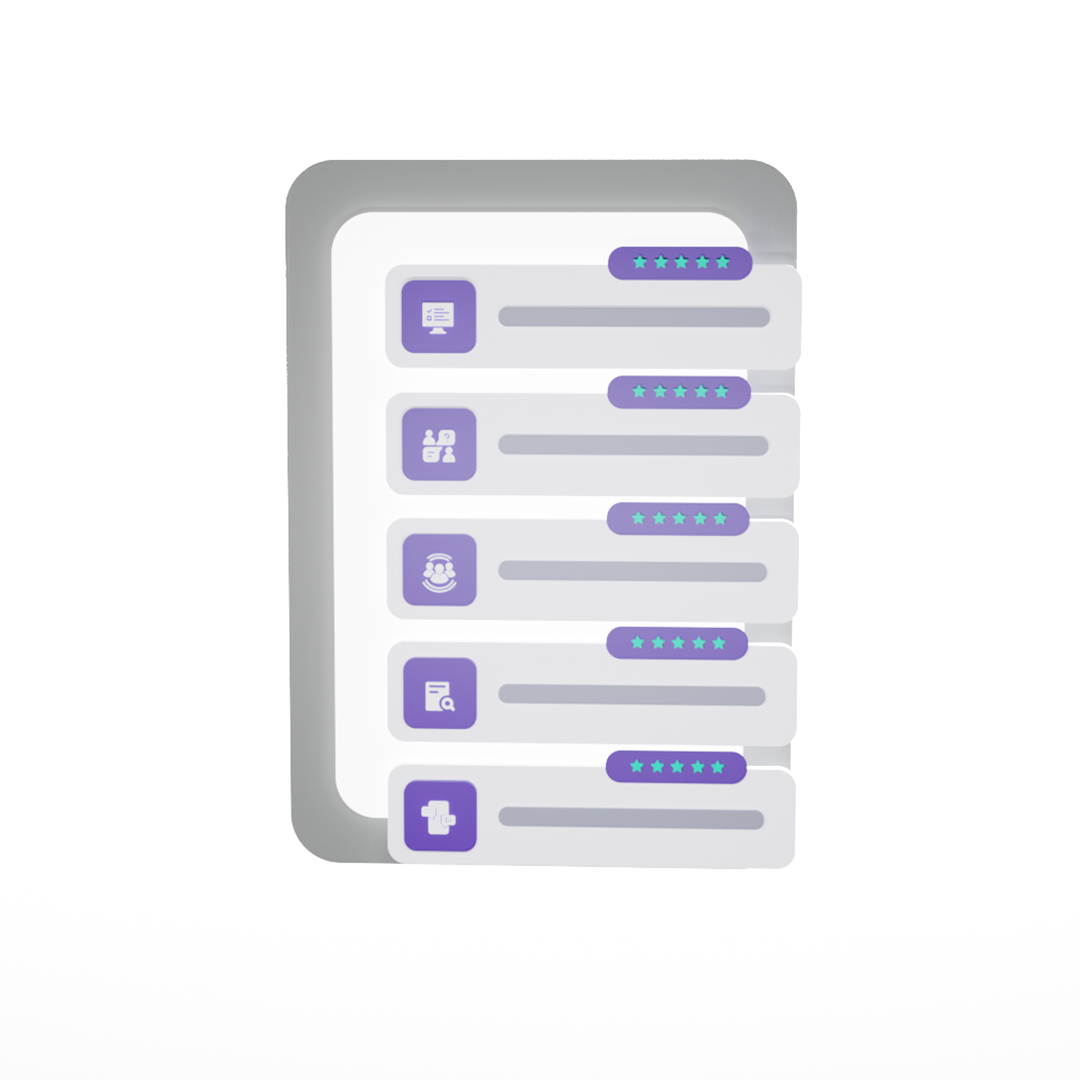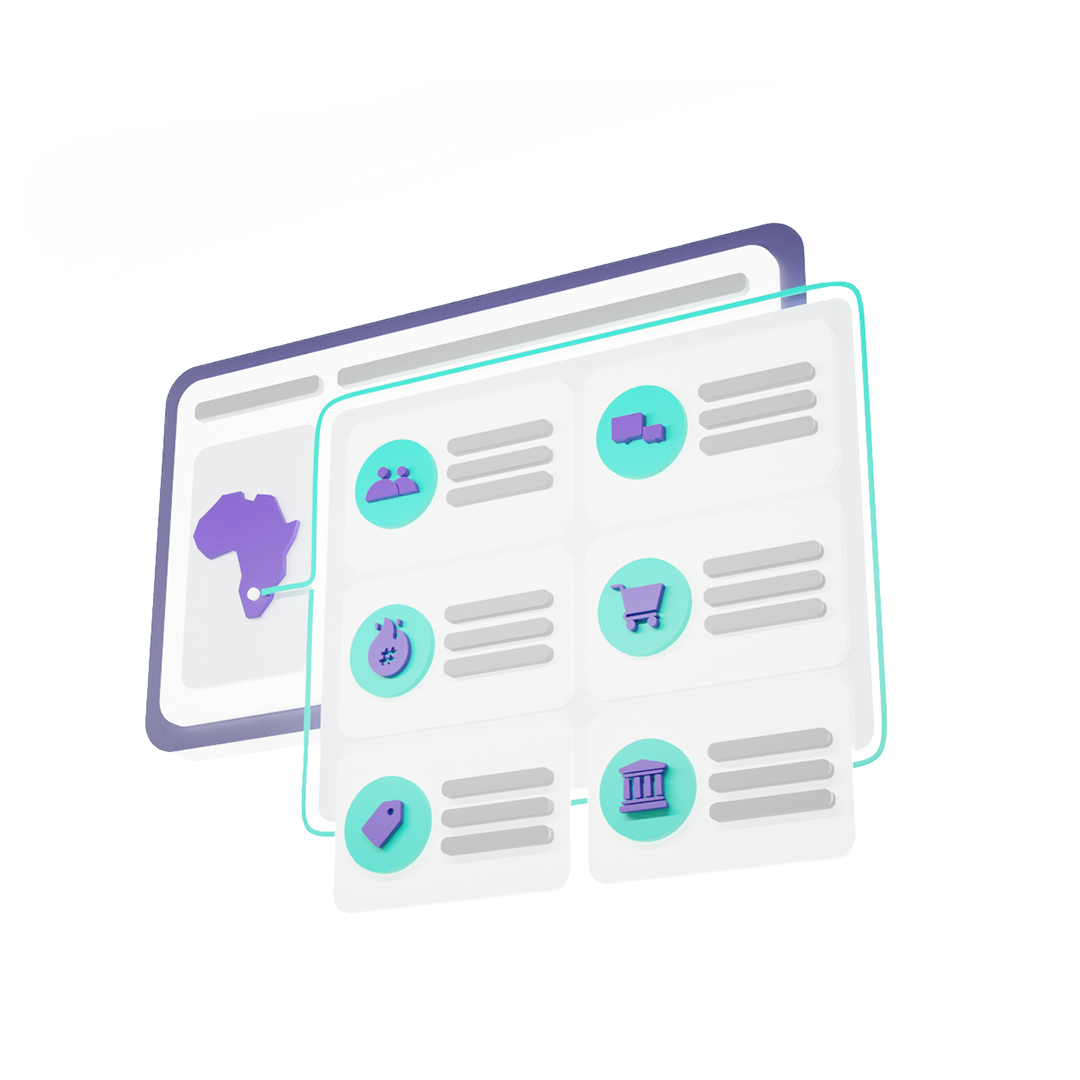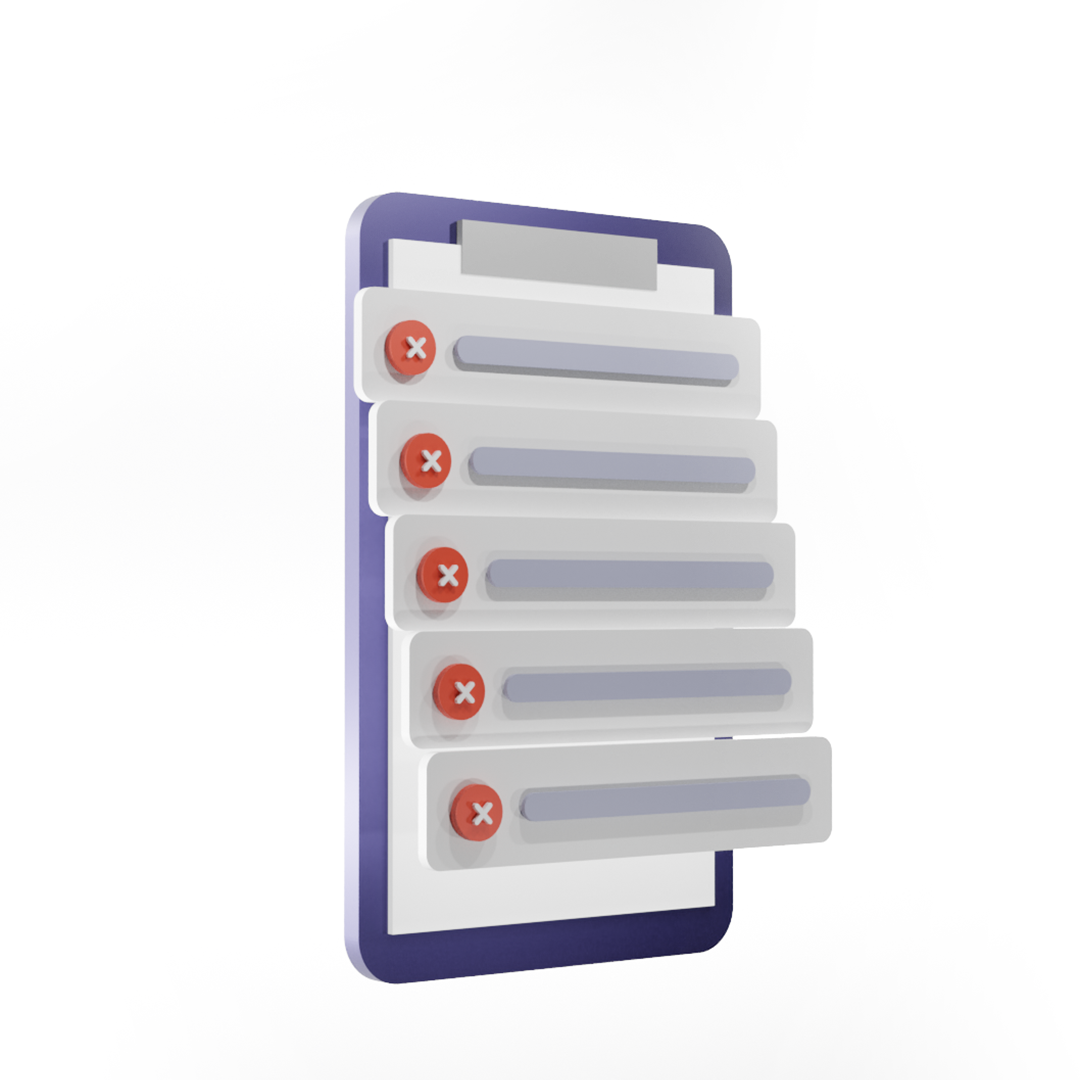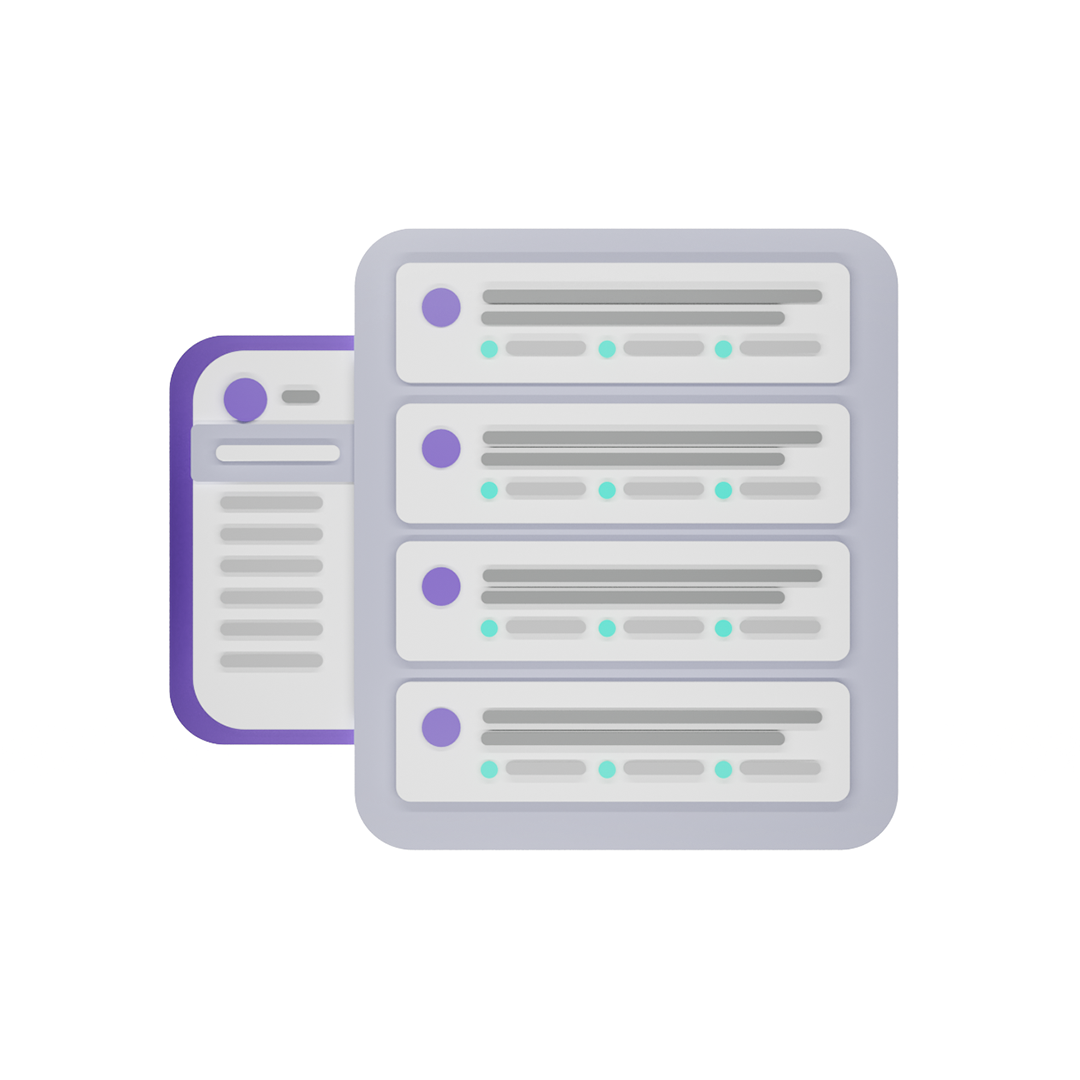TV and radio measurement systems have long been a part of audience research in the media and advertising industries. It dates back to 1936, when the BBC began systematic research into its own audience, establishing a Listener Research Section in its Public Relations Division’s Home Intelligence Department.
Today, audience measurement is the currency used to buy/sell media and curate content for the global media industry. This is possible with TV and radio measurement systems which we shall buttress in this article.
The African media landscape is rapidly changing today. In the past, most media outlets on the continent were government-owned, funded, and monopolized. Today, we face a liberalized market dominated by the private sector as there are more media outlets on the continent requiring private funding. Audience fragmentation and the need for science-based methods of targeting audiences have, therefore, become critical in Africa.
Indeed, if we agree that a liberalized media sector is necessary for the survival of liberal democracies on the continent, the proliferation of TV and radio organizations must be supported by private funding. Not only to strengthen nascent democracies across the continent but also to showcase our culture and creative sector. The availability and accuracy of data are critical to sustaining private-sector funding. This aids in tracking return on investments (ROI). Stakeholders can only obtain the necessary data by leveraging reliable TV and radio measurement systems. Audience research and measurement is thus the lifeblood required to sustain a liberalized media sector.
What are TV and radio measurement systems?
TV and radio measurement systems collect information about the people who watch/listen to various types of content. Advertisers and marketers use these systems to gather data about viewers of their advertisements, while digital network owners use them to understand more about their viewers. Movie theatres use these tools to learn more about moviegoers, as do radio and television stations. These are just a few examples. Different audience measurement systems can measure different aspects of an audience and are intended for use in various contexts.
The top metrics that these systems measure are;
- Psychographics: Discover what your target audience buys, what brands they prefer, what media content they consume, and how it influences their purchasing habits and other consumption analytics.
- Demographics: Unveil your target audience size/count, age, gender, location, etc. The sheer size of this data set allows you to create accurate audience profiles based on age, gender, family, location, income, education, and occupation.
- Engagement: Examine the composition of engaged users over time to better understand your audience’s mix of passers-by, regulars, and fans.
- Traffic: Gain a better understanding of your total reach by examining unduplicated traffic metrics across your media properties. View your audience by platform (radio and TV), country, and period, among other factors.
These metrics enable you to deliver more relevant content to a specific audience, increasing engagement and ROI.
Identifying which metrics matter
Measuring an audience across various channels requires considering a few factors. One is the amount of time spent on the channel, and the other is its penetration. Radio, for example, is an essential medium with high penetration in most African countries. Print, on the other hand, has very low penetration and requires very little time.
While digital has a low penetration (it is growing, but it cannot compete with radio or even TV in some countries), the time spent online by a small number of people is high – much higher than the time spent watching a TV show.

As a result, it is a combination of the two: determining which channels have the highest penetration and which channels consumers spend the most time on. That is why Survey54 combines TV and radio, two of Africa’s leading media for audience measurement insights. Finally, we must consider the depth, which is ensuring that we are driving enough reach to have a proper impact.
Benefits of robust tv and radio audience measurement systems
- For media companies and content providers: Media companies and content providers benefit from TV and radio audience measurement systems, since they have better control over scheduling and inventory, which allows them to increase their audience engagement and attract more advertising. As a result, they are able to buy content and plan their programming schedules accordingly to attract audiences that are valuable to advertisers and brands. Using continuous data, media companies can price their advertising slots appropriately and assist advertisers in reaching their target audiences efficiently. This, in turn, has repercussions for production and the creative sector. Producers can easily respond to rating figures, and media companies are aware of which producers create rated content.
- For Media Buying and Planning Firms: With the media landscape becoming increasingly fragmented, the benefits for media agencies are obvious. They have a better understanding of where their target audience is and can thus devise strategies and plan to reach them effectively with advertising messages. The task of reaching their target audiences is simplified because the panel sample allows for reach and frequency optimization.
- For the Advertiser: Because advert is one of the most important brand-building tools today, the best brand communication methods would be based on penetrating consumer insights and tapping a deep-rooted emotion or belief, and then following through by reaching them effectively and efficiently through the media. Robust tv and radio audience measurement systems make these possible.
- For the consumer: Industry players can keep up with changing consumer lifestyles and viewing/listening preferences by using tv and radio audience measurement systems. This will allow consumers to enjoy higher-quality, more engaging content both at home and on the go.
Partner with Survey54 for a reliable tv and radio audience measurement system in Africa
Only a few audience measurement research firms collect and market relevant television and radio insights in Africa. The Survey54 team is aware of these flaws, as well as the implications of insufficient TV and radio audience measurement data on the continent, and has begun to provide professional solutions.
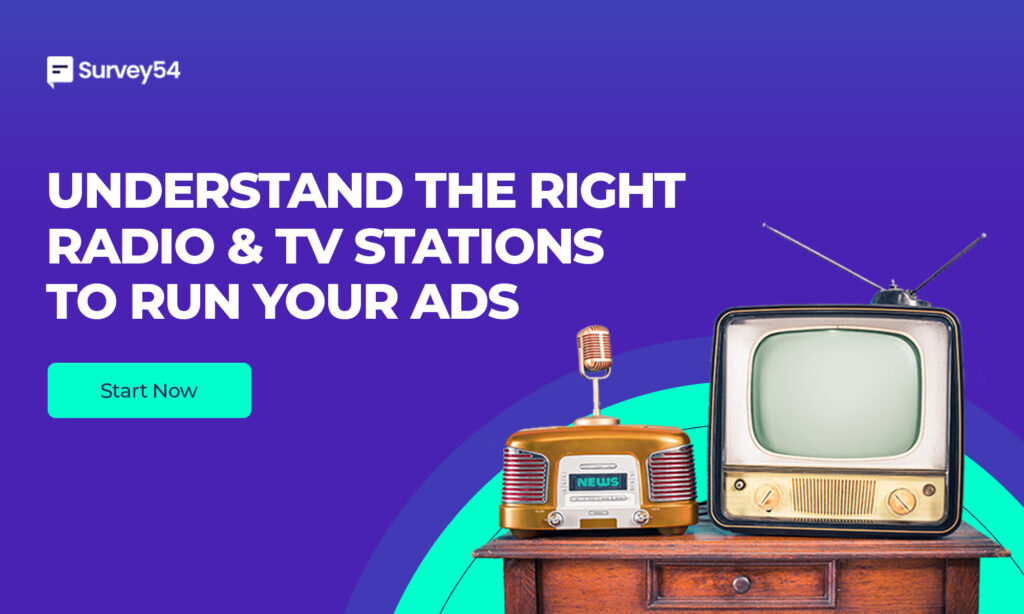
In many countries, African TV and radio stations cannot attract advertising and sponsors because they lack regular and detailed audience measurements. Also, it is difficult to determine which TV programs TV channels should acquire without precise audience data on what radio stations are most popular.
Furthermore, very few countries have basic audience data made public on the internet.
All these challenges and more are what Survey54 is solving in Africa with its personalized audience measurement tracker.
With the help of Survey54, Radio and Television stations can gain insights about their offline audience, including the impact of ad campaigns on their targeted audience. The insights from the tracker can also help Advertisers strategize on income-bound marketing campaigns. Consumers are also not left behind as they can now enjoy quality content that are designed to satisfy them.
Contact our team to book a demo and learn how to gather quality audience insights in Africa.

